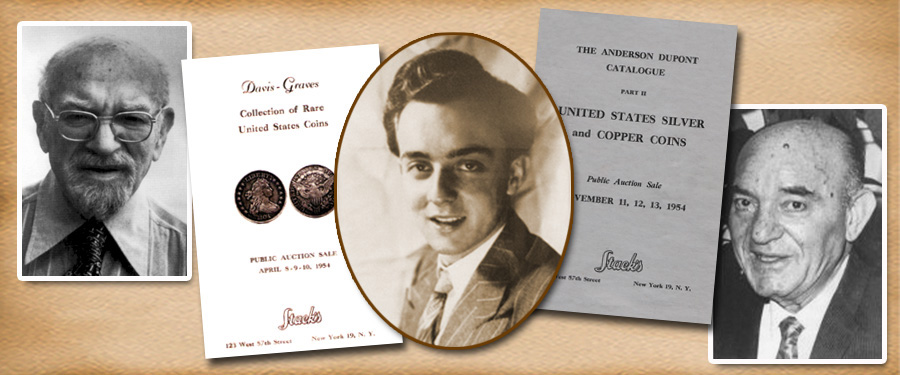
As the 1960s came to a close, there was a surge in interest in numismatics, with new collectors and the return of many who had collected earlier. Inflation became an economic worry and U.S. currency was losing its value on world markets. People read the signs, and started to search for new ways to retain capital and even increase their holdings.
Silver coins were popular, especially finding and selling coinage prior to 1964 at a profit. Gold has always been sought as a haven from ancient days until the present, and as we entered the 1970s it was being looked to as a place to put money to cope with inflation. Gold and silver, historical places to store wealth, came to the fore once more.
During the 1970-71 period, as inflation increase to over 4% per year, people started to invest more in precious metals than they had previously. Since the Gold Act of 1933-1934 limited ownership of gold by Americans to numismatic items, many chose to buy collector gold coins of United States, rather than bars or coins issued by foreign countries such as South Africa,(Krugerrand), Canada (Maple leaf) Mexico (50 Peso) and Austria (100 Coronas, 4 and 1 Ducats).
Many gravitated to the United States $20 double eagle as it had a lower premium over gold value than the other denominations of U.S. gold coins. It should be noted that years ago before restrictions developed on gold ownership in the United States, many double eagles were stored in foreign banks (where they had arrived as payments for U.S. debts). Sometimes these would be offered for sale and American dealers and traders would buy them and they would often be brought back to America as collector coins. Since all were dated prior to 1933, buyers felt there would be less chance of seizure or recall, relying on the Gold Act of 1933. The down side to this was the influx of counterfeits. The premium paid for counterfeit U.S. gold, induced many of these to be made in Europe and the Near East to be sold to Americans. As many of the buyers had little numismatic knowledge and may never have seen a real U.S. gold coin, this could be a profitable practice and the market was flooded.
Most of the professional dealers in the United States were able to detect counterfeits, especially those that had been handling U.S. gold coins for decades. However, those in the jewelry trade could know little and be fooled, buying and selling the counterfeits. Likewise junk shops, flea markets and other non-numismatic sellers could put these on the market. Of course, there were scammers who intentionally sold counterfeits, knowing they were ripping off their clients. The best plan for buyers was to go with an experienced and respected dealer.
The government tried to stop the flood of counterfeits (coins and other items as well) that were coming into the country by catching and punishing offenders, but the size and scope what was happening was so great that the FCC and FTC did not have the power or the size to meet the need. It wasn’t until 1973 that some legislation was enacted!
However, not everyone was fooled or taken advantage of. Many buyers who started as "gold accumulators" became numismatist, as they became interested in other denominations, dates and mints. They started building collections and the market grew, demand increased, and prices went up. The combination of factors, inflation, people building stores of value, and the collecting of silver coins and Silver Certificates, led to more and more interest in the hobby.
There were not as many "old time collections" coming on the market as collectors were enjoying the hobby. Mainly it was estate collections. Supply and demand created a price increase for many rare coins. New dealers opened shops, so you could find a number of shops in major cities, and even smaller "mom and pop" stores in small towns. To be a collector became the great fashion of the day.
Many of the dealers who had the background and knowledge, worked with the Secret Service in trying to apprehend those who bought and sold counterfeits and copies, and many were apprehended. The Professional Numismatists Guild kept adding qualified dealers as members, so that collectors could feel comfortable finding someone to help them buy coins. But the hobby grew faster than the Guild, and the Guild could only do so much to protect the public. The American Numismatic Association was also helping, by providing a service to identify genuine from false coins.





